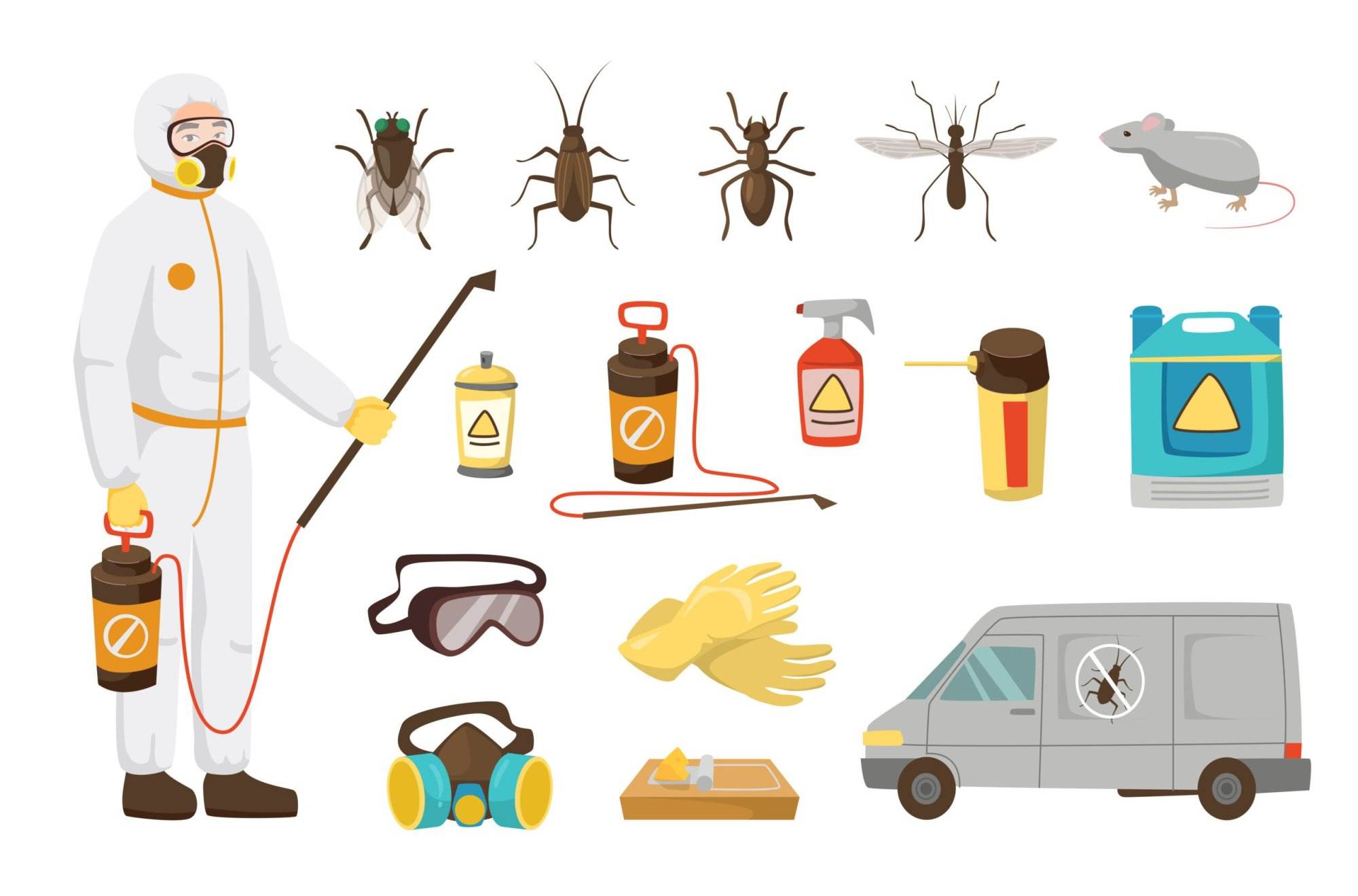Getting ready your house for pest control treatments is an crucial aspect in securing the effectiveness of the service and keeping a pest-free home. Many homeowners overlook the significance of proper preparation, leading to less satisfactory effects. Regardless of whether you are dealing with typical pests or preparing for more invasive treatments, taking the time to ready your environment can result in a significant impact.

In this guide, we will guide you through the essential actions needed to prepare your house before the pest control team arrives. From removing clutter and sealing access points to keeping safe your animals and kids, each action holds a key role in the success of pest management. By knowing what to expect and how to create a conducive space for management, you'll be better equipped to keep your home free of pests year-round. Now we explore the process of preparation so you can experience a secure and effective pest management experience.
Understanding Common Domestic Pests
Common household pests can be a significant problem, making it crucial to know their behaviors and habits. https://diigo.com/0z6et2 , for example, are cooperative insects that commonly invade kitchens in search of food and water. They typically form trails to lead their colony to reliable sources, which can quickly lead to a sizable infestation. Knowing their patterns can help you spot their entry points and efficiently eliminate them.
One more prevalent pest is the cockroach, which thrives in cozy, moist environments. These hardy insects can survive on minimal food and often hide in dark corners, including behind appliances and within cracks in walls. Cockroaches can pose health risks by transmitting bacteria and allergens, which makes it critical to address an infestation quickly. Regular inspections can help identify their presence early before they become a more major problem.
Bed bugs are yet another household concern, known for their ability to hide in small crevices and their preference for sucking blood from human blood. They can travel easily, commonly hitching rides on luggage and clothing. Their bites can cause irritation and worry, further worsening the situation. Awareness of these pests, their patterns, and preliminary signs of infestation can help homeowners respond promptly to stop widespread issues.
Effective Pest Management Strategies
One of the most efficient strategies for pest control is to locate and close entry points in your home. Common household pests, such as bugs and rodents, often find their way indoors through small cracks and holes. Check your home for any potential gaps around doors, windows, and pipes, and use caulk or weather stripping to seal these areas. Additionally, it is crucial to ensure that screens on glass panes and vents are undamaged and free of holes. This preventive measure can significantly reduce the likelihood of pests infesting your living space.
Another important strategy is keeping cleanliness and cutting down on clutter. Pests are attracted to food sources and breeding grounds, so it is imperative to keep your kitchen and dining areas tidy and free of crumbs. Consistently take out the trash, store food in airtight containers, and wipe down surfaces to remove any food residue. Moreover, organizing your home can diminish the hiding spots for pests, making it less inviting for infestations. Keeping your home orderly not only enhances visual appeal but also plays a vital role in pest prevention.
Lastly, regular inspections and professional treatments are important components of effective pest control. Scheduling routine pest inspections helps in detecting any signs of infestations early on before they grow problems. Alongside this, engaging with pest control professionals can provide you with tailored solutions customized to your specific pest issues. They can offer advice on the frequency of treatments needed for your area and type of pests, guaranteeing that your home remains pest-free year-round.
Year-Round Pest Management Advice
To keep a bug-free home throughout, it is essential to apply a comprehensive approach. Start by checking all entry points, such as cracks in walls, openings around windows, and gaps around utility lines, are secured. Periodically inspecting and fixing these areas can create a solid barrier against pests. Moreover, maintaining tidy and clear spaces indoors and outside your home can prevent unwanted guests. Keep food in closed containers and ensure surfaces free of debris to reduce food sources for pests.
Seasonal changes bring various pests into play, so it is important to adapt your prevention strategies as needed. In the spring, focus on keeping your yard well-maintained by clearing debris and water accumulation that lure insects. During the summer, ensure that screens on windows and doors are intact to prevent bugs out while embracing fresh air. In the fall, inspect your home for any crevices that might provide shelter for pests looking for warmth as temperatures drop. Finally, in winter, look out for signs of rodents, as they often try to access homes for warmth.
Lastly, conduct regular pest assessments, whether on your own or with a specialist. Being proactive by identifying and resolving potential pest issues before they get worse can protect you time and money in the future. Look into arranging inspections every season to catch any early signs of infestations, and regularly stay informed about common pests in your area and the optimal ways for controlling them at bay. Ongoing care and vigilance are essential to a year-round pest prevention plan.
